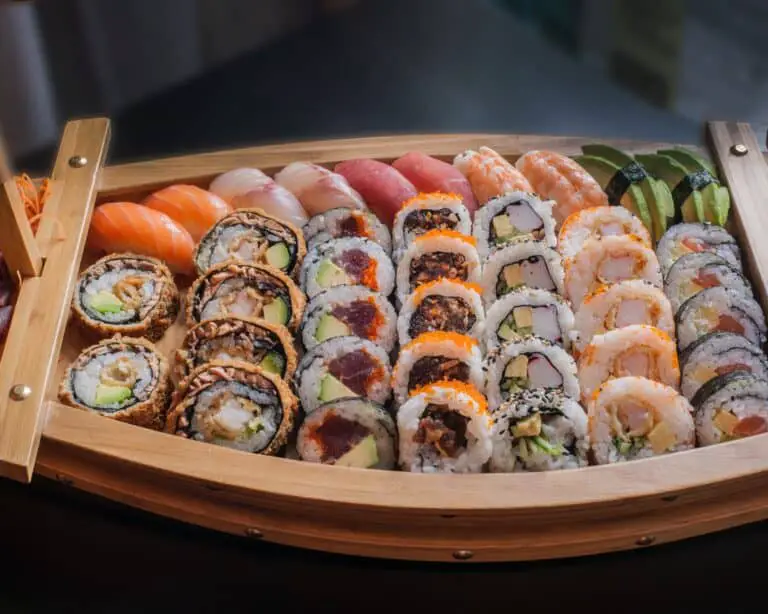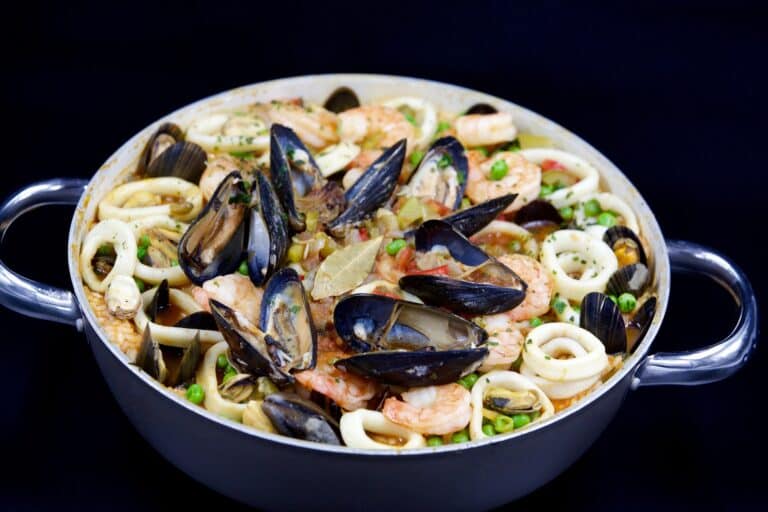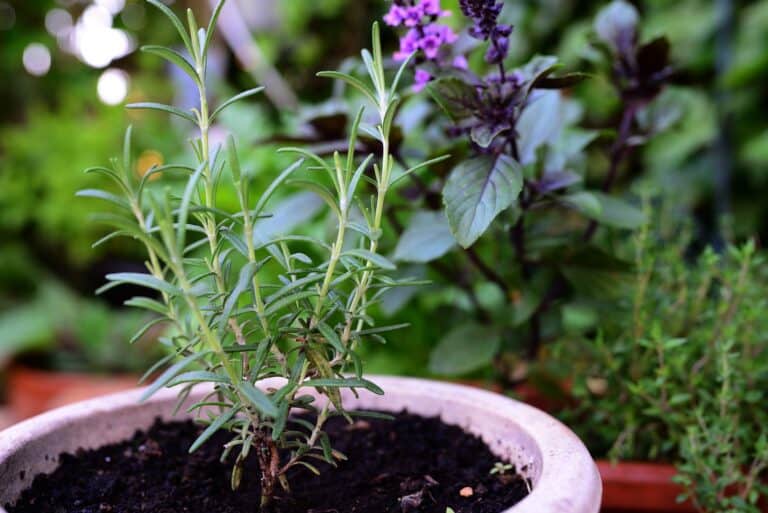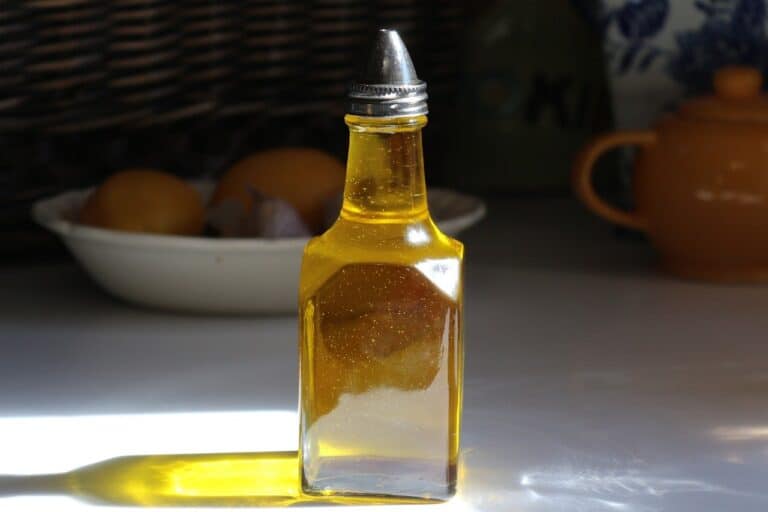Teppanyaki At Home: Pros and Cons of Investing in a Teppanyaki Grill
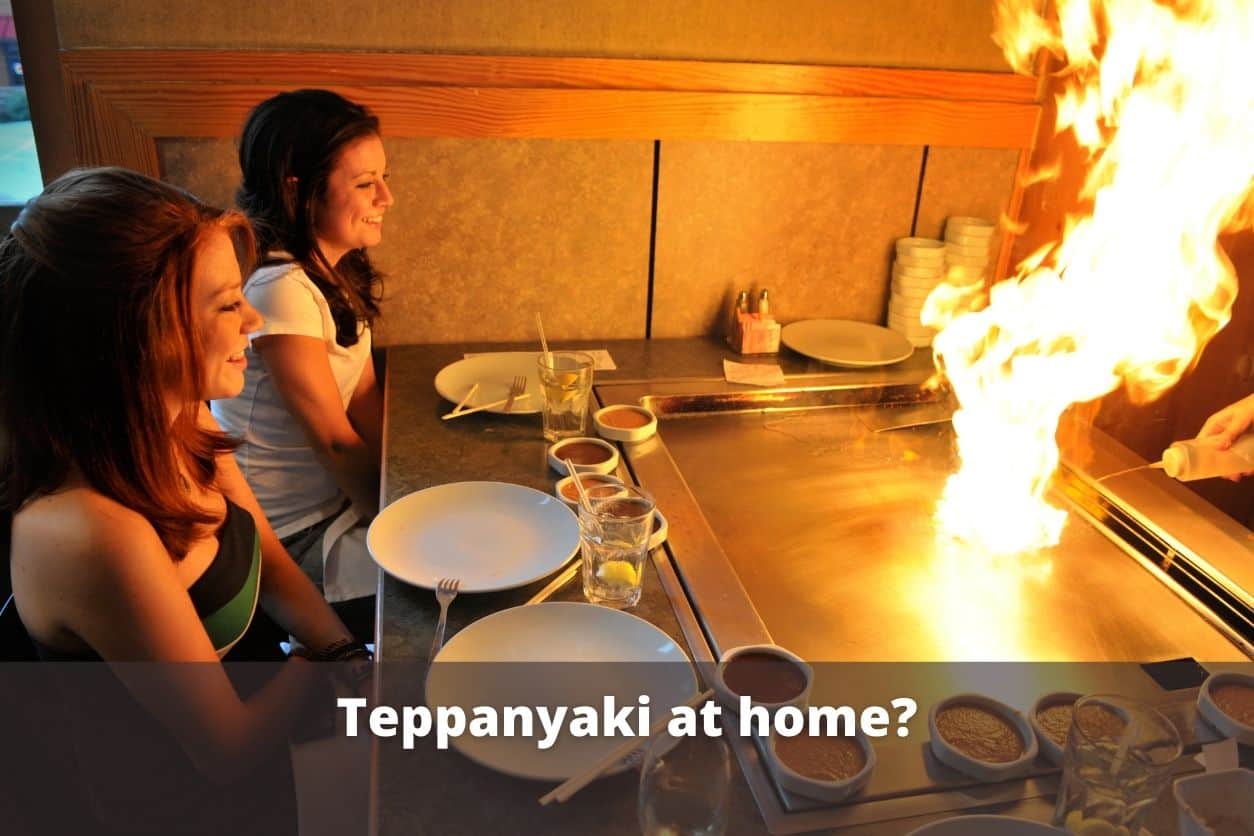
The modern kitchen is becoming increasingly professionalized. Technical devices are growing beyond the conventional requirements of home cooking: for example, in the past, keeping food warm was produced by a low cooking level, but in modern induction and ceramic hobs there is an additional function for this.
The willing amateur chef can steam, braise, melt, simmer, sear, cook at low temperature, simmer and poach. And of course, he can use his cooktop not only in individual fields but also in interconnected cooking zones, which already change to a different cooking state when pots are moved back and forth.
A product from the professional kitchen, on the other hand, has so far only made it into a few upscale kitchen spaces because it is demanding to use and expensive to purchase.
The teppanyaki grill (also called teppanyaki or teppan grill) refers to a closed stainless steel plate that can either be included in the hob instead of a cooking zone or placed on top of it as a portable version. It is used for short frying of fish, vegetables, or meat and can be seen as a professional variant to the pan.
In the catering industry, the Teppan Yaki, which is usually made of stainless steel, aluminum, or enameled cast iron, is used for large-scale frying for a large number of food items.
But even in private households, the use of shiny, flush stainless steel plates can be quite worthwhile. In any case, the interest in Teppanyakis is gigantic in the current kitchen trade.
We take a look at the history of Teppan-Yaki, the advantages and disadvantages compared to a conventional frying pan, and various manufacturers of Teppan Yaki.
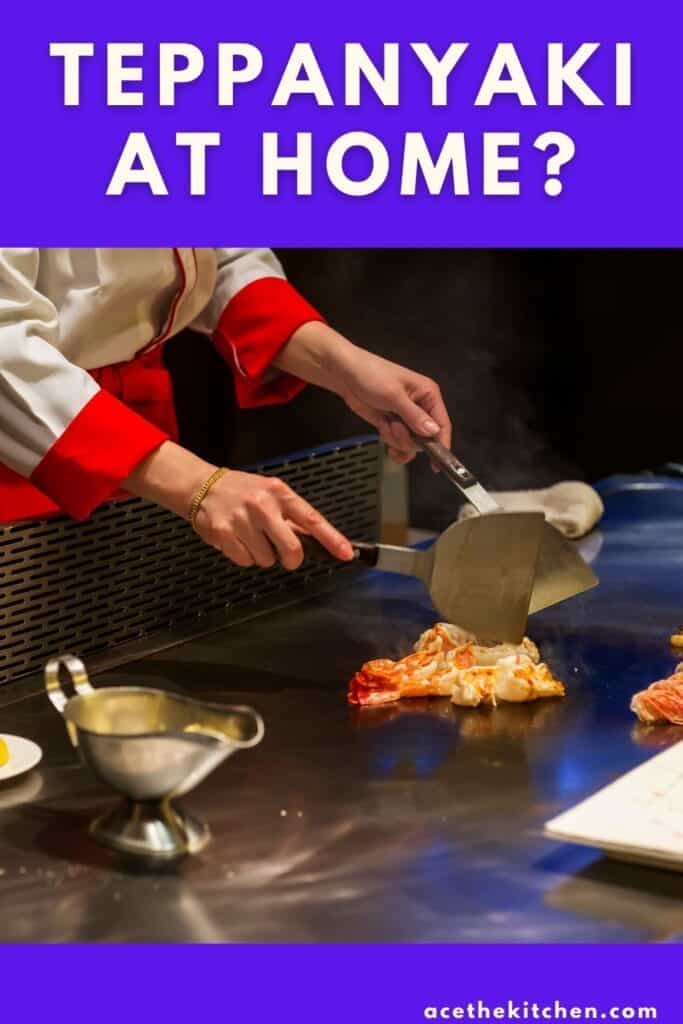
The history of Teppanyaki: Japanese? Spanish!
Teppan-Yaki sounds delightfully exotic – and indeed, the word is derived from Japanese cuisine from “teppan” (iron plate/steel plate) and “yaki” (grilled).
In many Japanese restaurants, these stainless steel plates are embedded directly at the table or counter, on which the preparation is celebrated before the eyes of the guests. In Japanese private homes, portable Teppanyaki plates are often preferred.
It’s amazing: originally, the process of frying on a flat steel plate did not originate in Japan at all, but was practiced many centuries ago in Spain on the so-called “plancha” (also: “the iron”), which served as an extension to the grill.
The slightly beveled stainless steel plate with a catch basin for fat and liquids allows marinade, sauce, or alcohol to be added to the food to intensify the flavor without liquid dripping into the open flames of the grill and creating soot or swirling up ash particles.
The advantages and disadvantages of Teppan Yaki: where is the difference from the pan?
Thanks to some well-known kitchen appliance manufacturers such as Gaggenau and Siemens.
Many buyers are attracted by the professional design of the shiny, brushed stainless steel plate that adorns the cooking island in beautiful unity with the induction hobs and suggests expert cooking at a high level.
Still, the way a Teppan Yaki works always initially raises the question of how it differs from a conventional pan and whether there are any significant advantages to the stainless steel plate at all.
The answer is: there are advantages, but also disadvantages in the comparison of Teppanyaki to the pan. The final decision, as is so often the case, must be made by each buyer for himself alone in terms of cooking habits, available space, and price level.
Advantages of Teppan-Yaki over conventional pans
1 Speed
The direct contact of the stainless steel plate with the heat source means that the heat reaches the food directly, limiting the heating or frying process to just a few minutes. In contrast to the pan, no energy is lost through additional heating of the pan bottom (only with Ceran, but minimally also with induction).
Moreover, on a pan bottom, adding cold food often changes the temperature, while the steel plate of the Teppan Yaki maintains the initial temperature due to the inertia of the material.
2 Temperature
Speaking of temperature, this can be precisely maintained on a modern TeppanYaki grill, ranging from 120°C to about 250°C. The targeted heat remains constantly the same, thus preventing uncontrolled burning due to subsequently released heat from the bottom of the pan.
3 Larger surface – dual-use
The sheer size of the Teppan Yaki stainless steel plate can not only be used for a high volume of food but can also be used in half. This means that the rear area can be used, for example, to keep food warm, while the front cooking zone is ideal for searing.
4 Healthier searing
The short cooking time ensures that the food remains juicy and does not dry out. Moreover, vitamins and nutrients are better preserved by the short heat supply.
In contrast to a frying pan, the Teppan Yaki uses little or no liquid (spread as thin as a pin). Excess oil or fat runs off. If a slightly carbonized surface forms over time, there is no need to use oil at all.
5 Appearance
Modern Teppan Yaki surfaces are often integrated flush with cooktops as a stand-alone module, enhancing a kitchen space with their minimalist, professional look. The surface-mounted version (example: V-ZUG) can be placed portably both in the refrigerator and on the cooktop and disappear into the dishwasher or cabinet after use.
6 Indulgence
It may sound strange, but the eye not only eats, but it also cooks. A new cooking appliance fires the imagination and causes us to look at other preparation methods and dishes, for example, recipes from Asian or Spanish cuisine, which are still preferably prepared on the Teppan Yaki or the Plancha.
7 Effort
With a Teppanyaki, cooking can be faster, healthier, but above all, less time-consuming: for one thing, the device is suitable for many different foods such as fish, meat, vegetables, egg dishes, and desserts – without having to change the corresponding pan. A quick clean of the plate is all that is needed. On the other hand, no additional cookware is needed.

Disadvantages of Teppanyaki at home compared to conventional pans
1. Cleaning
Cleaning a Teppan Yaki is usually not difficult: the still-warm plate (there is a special cleaning temperature for this) is doused with a glass of water or ice cubes and then wiped or cleaned with a scraper.
Basically, due to the smooth surface and the exact temperature, less crusting due to burnt food can be expected. And yet: only portable Teppan Yaki can be cleaned in the dishwasher, all others must be carefully cleaned by hand – sometimes a bit cumbersome.
2. Flavor Opportunities Missed
No one can deny the juicy, short-roasted aroma of a hot Teppan Yaki grill. However, unfortunately, you can’t continue cooking with these flavors: unlike a frying pan, the drained liquid can’t be boiled down further into an aromatic sauce and tossed in it for menu side dishes, for example.
3. Optics
How? The appearance of a Teppan Yaki was just mentioned as an advantage, wasn’t it? That’s true – but despite all the professionalism, you also have to be aware that if you don’t buy a separate cover for the stainless steel surface, you’ll never be able to make a cooktop disappear puristically into the kitchen design at this point.
In addition, the surface must be cleaned at least briefly before each use to remove dust accumulation and other grease splashes from the induction hob next door.

